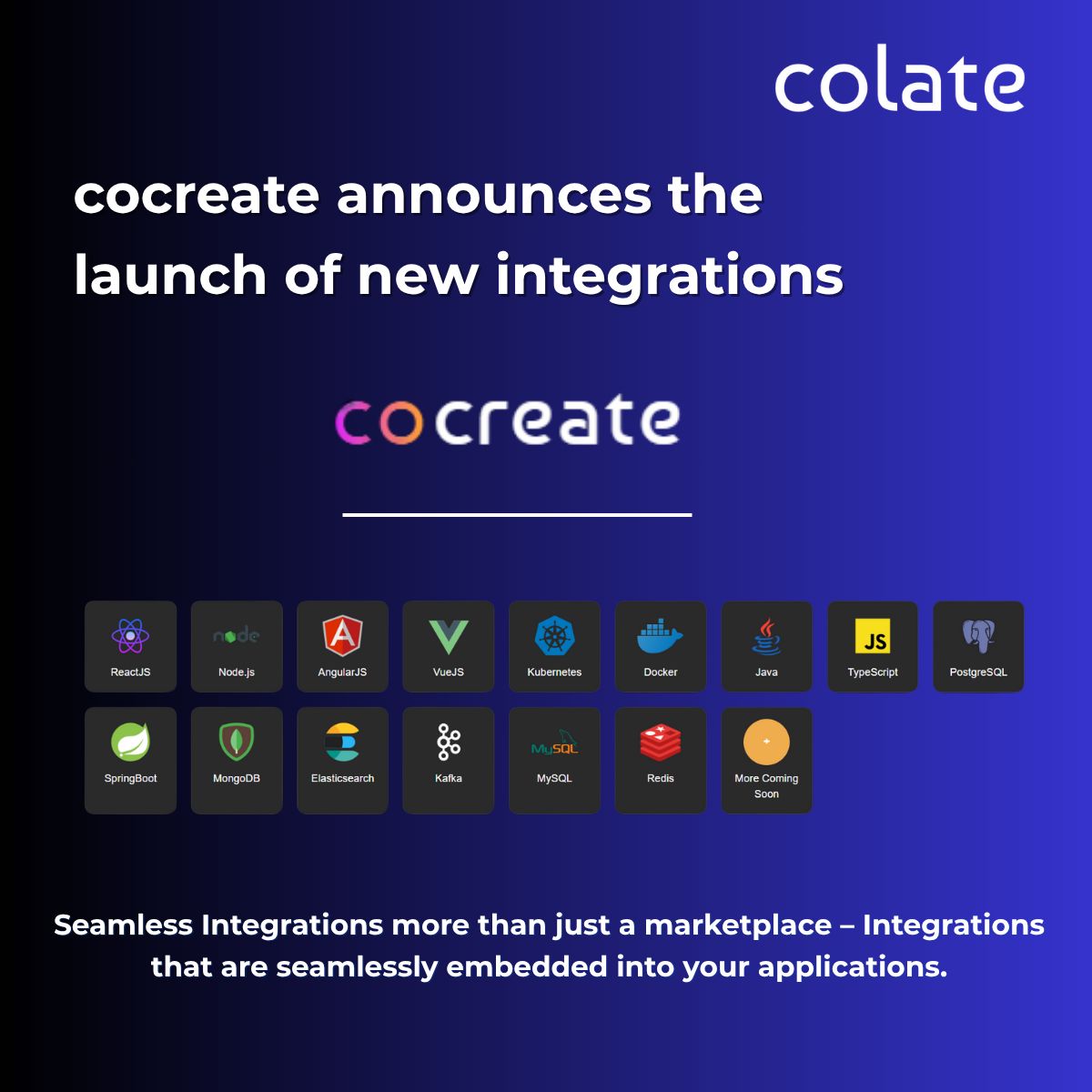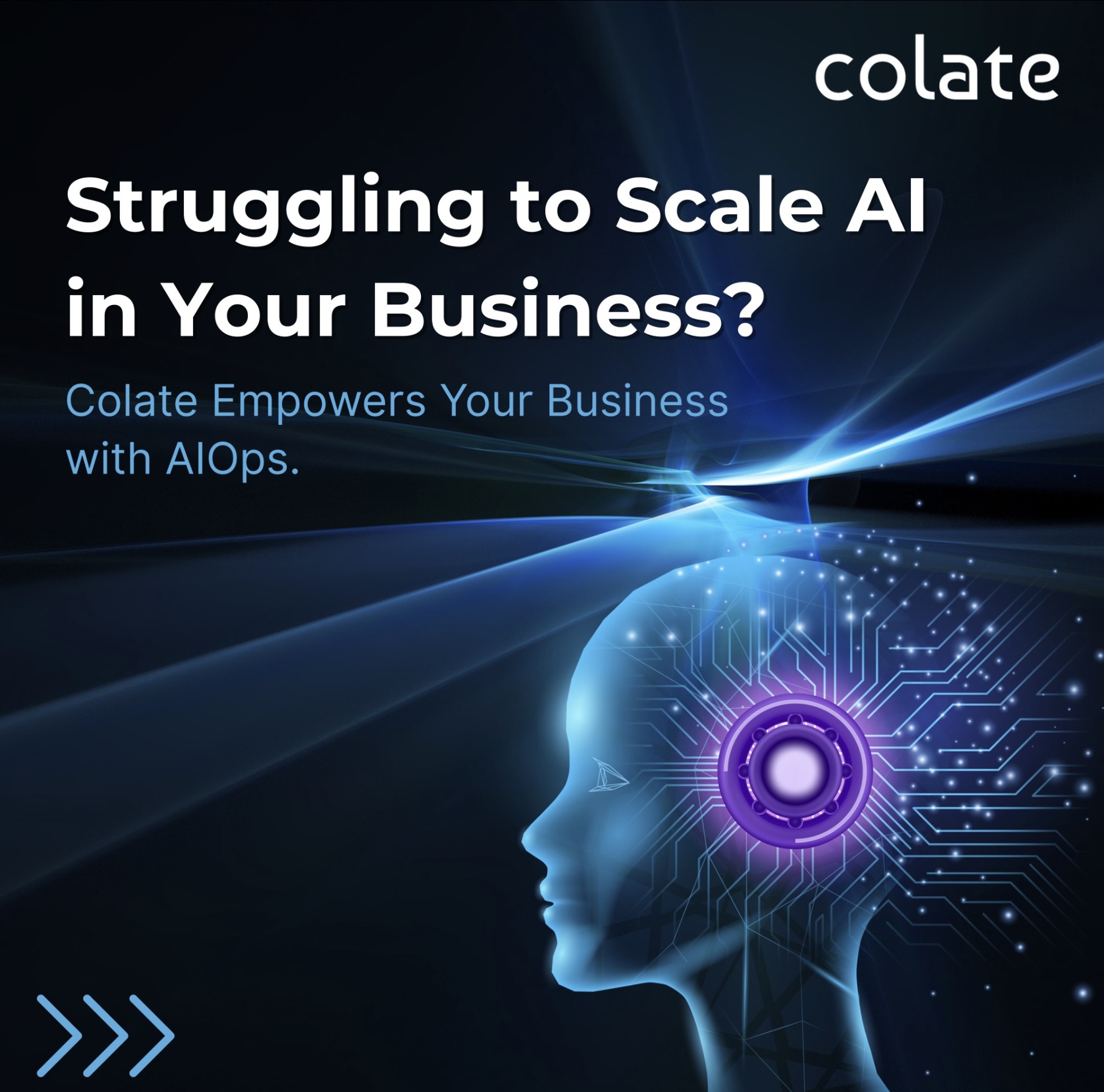Empower your development process with COCREATE's low-code embedded integration platform.
Try COCREATE Free
Are these scenarios familiar to you? Locked up in API documentation at 2 AM, trying to connect your application to third-party services in trial & error? Or perhaps spending weeks writing custom integration code. Then you're not alone, it’s a necessary evil of every developer!
According to surveys, developers sacrifice 35% of their time for maintaining & integrating tasks rather than building core features. That’s what low-code embedded integration platforms tackle in the critical software development life cycle.
Low Code platforms encompass the technological trend of today. The market was valued at $13.2 billion in 2020 to $45.5 billion by 2025. This is a testament to the potential of this advanced tech adoption. This growth isn't just hype—it's a response to real developer pain points.
Even large tech giants have recognized the potential of low code platforms. Major players include Microsoft Power Platform, Salesforce Lightning, OutSystems, and Mendix. However, specialized embedded integration platforms like COCREATE are setting their own path by focusing specifically on seamless API connectivity and workflow automation.
These platforms work on the principle that modern applications don’t run as isolated entities—but as interconnected ecosystems that need to communicate effortlessly.
For example, the way Spotify integrates with dozens of services—from payment processors to social media platforms—without the need for their developers becoming experts in every external API. This is the power of embedded integration platforms at work.
Boosting Developer Productivity with Low-Code Solutions
Traditional development cycles implement the 80/20 rule: 80% of time spent on development and integration, 20% on actual innovation. Low-code platforms work in reverse order, catering to innovation more. Research indicates that low-code platforms can reduce development time by up to 90%.
Here’s COCREATE's approach: their drag-and-drop interface facilitates easy flow for developers, and pre-built connectors eliminate the need for boilerplate code for popular services like Stripe, Slack, or HubSpot.
In practicality, imagine developing an e-commerce application. We can reduce the time for building the application from weeks to days by using visual workflows instead of conjuring everything like payment processing, notifications, etc., from scratch. With the time saved, your team can focus on the user experience and business logic, definitely differentiating your product.
By analyzing the impact of these two methodologies on a practical scenario like integrating a CRM system with an email marketing platform, here’s the comparison:
Traditional Approach:
- Studying API documentation (4-6 hours)
- Writing authentication logic (2-3 hours)
- Implementing data transformation (6-8 hours)
- Handling errors (4-6 hours)
- Testing and debugging (8-10 hours)
- Total: 24-33 hours
Low-Code Approach:
- Select pre-built connectors (15 minutes)
- Configure data visually (30 minutes)
- Set up error handling through automation (15 minutes)
- Test integration (30 minutes)
- Total: 1.5 hours
This shows a 95% time reduction. More than just speed—it's about reducing the load on developers.
The best real-time example is Netflix, which needed to integrate with multiple content delivery networks. They required a solution that abstracted complexity while maintaining flexibility, and they achieved it through Low Code Platforms.
No-Code Automation for Seamless Workflows
The beauty of modern low-code platforms goes beyond developer productivity—it helps even non-technical business users create sophisticated automations. Consider a typical customer onboarding workflow: when a new user signs up, you might need to create accounts in multiple systems, send welcome emails, trigger analytics events, and notify sales teams.
In traditional coding, careful handling of errors and infrastructure is required. But using no-code automation, business analysts can design these workflows using visual builders. This reduces the burden on development teams while precisely meeting business requirements.
Scalable App Development with Low-Code Solutions
Scalability is one of the greatest benefits when discussing low-code platforms. Modern solutions like COCREATE are equipped to handle complex architectures. They leverage cloud-native technologies, monitoring capabilities, and provide seamless integration that rivals custom-built solutions.
Domino's Pizza successfully uses low-code platforms for managing global operations. Their ability to deploy new integrations for new markets showcases how low-code solutions can scale with business growth.
Secure API Integrations for Safe Development
Security is a key element in any software integration. For low-code platforms to gain widespread adoption, benefits are not enough—authentication, encryption, and compliance must be prioritized.
With COCREATE, these concerns are addressed through:
- OAuth 2.0 and API key management through Credential Vault
- End-to-end encryption for sensitive information
- Default support for GDPR, HIPAA, and SOC 2 compliance
- Comprehensive logging for security monitoring
This security-focused approach allows developers to concentrate on functionality without worrying about vulnerabilities.
For a successful product or SaaS, prototyping and iterating based on feedback is critical. Low-code platforms are leveraged for rapid prototyping because they eliminate the lengthy setup phases required for new integrations.
Consider a startup testing a new business idea. Instead of spending months building integrations, they can use connectors to build the same in days—focusing instead on user feedback and market validation. This speed-to-market advantage can be the difference between success and failure.
Software development is undergoing a massive digital transformation. Gartner predicts that by 2025, 70% of new companies will use low-code or no-code technologies for their applications. This isn’t a threat to developers—it’s about empowering them and democratizing software creation.
The future may bring:
- AI-powered code generation
- Intelligent workflow suggestions
- More sophisticated visual development environments
As these platforms evolve, we can expect the rise of "citizen developers"—people creating applications without traditional programming skills—while professional developers focus on architecture, performance, and innovation.
Low-code embedded integration platforms are more than just tools—they're catalysts for innovation. They enable teams to build more ambitious applications faster and smarter.
For developers tired of routine integration work, these platforms provide the freedom to focus on what matters most: creating exceptional user experiences and solving real business problems.









